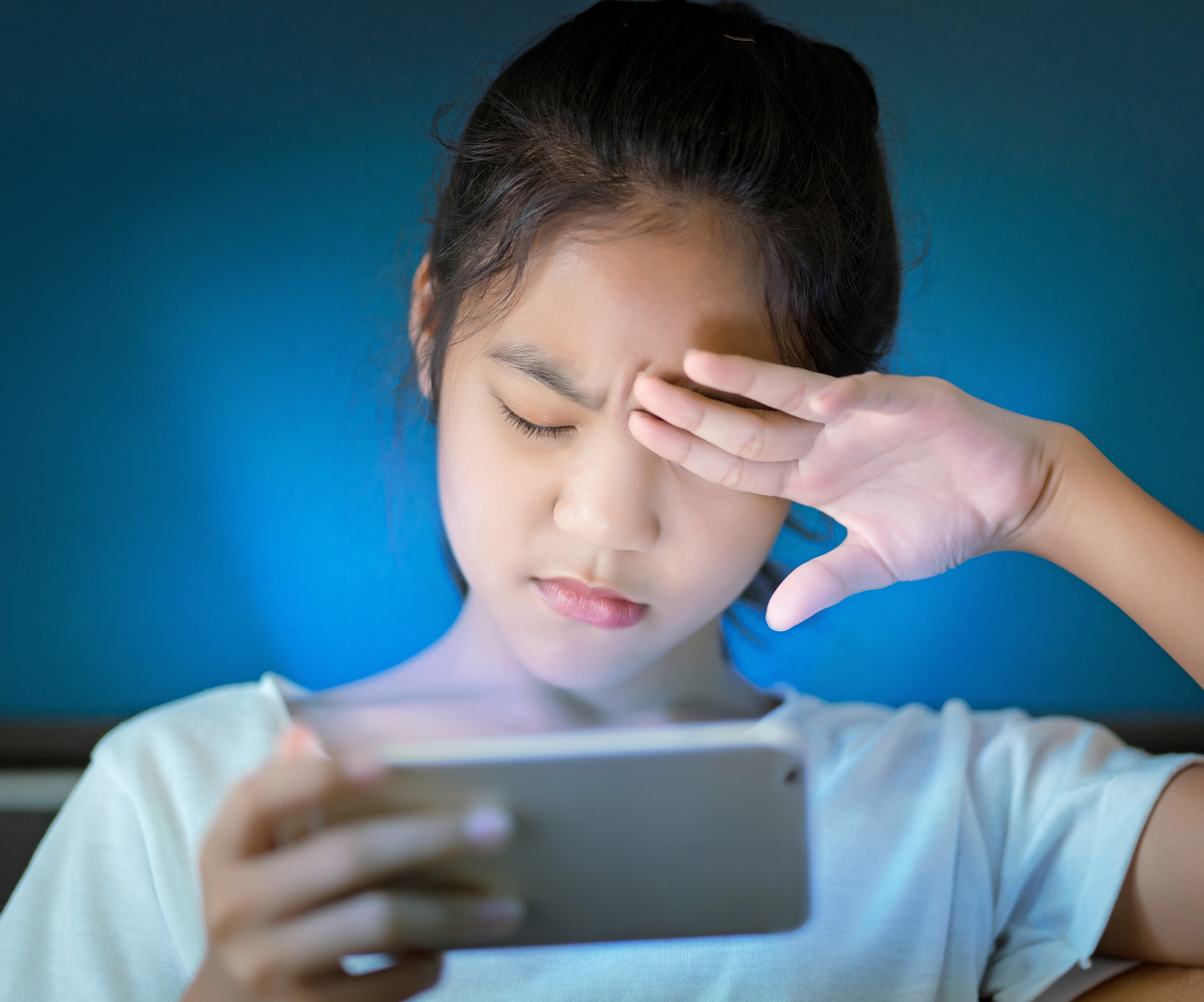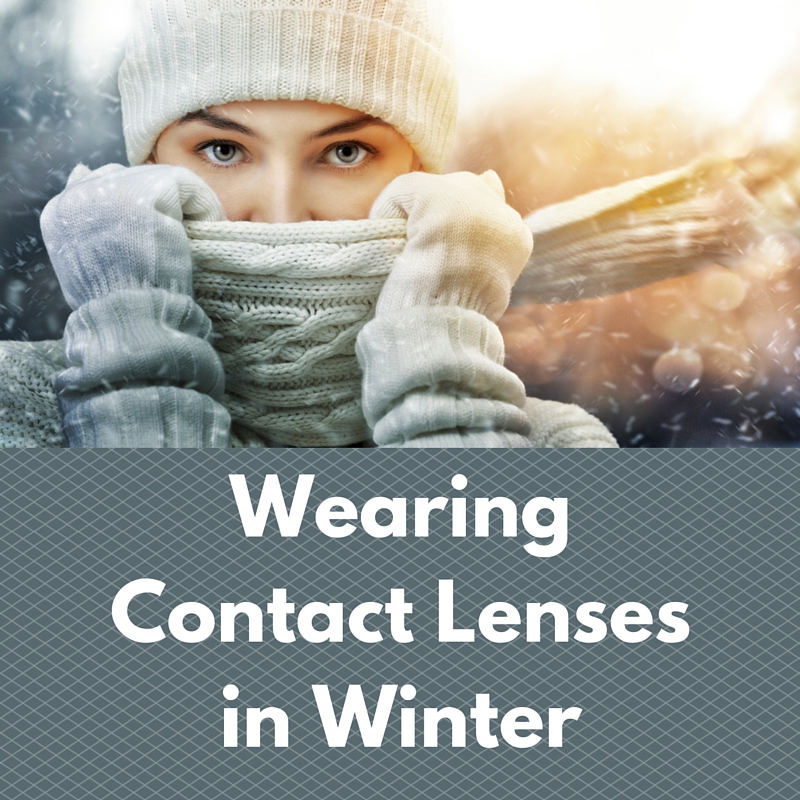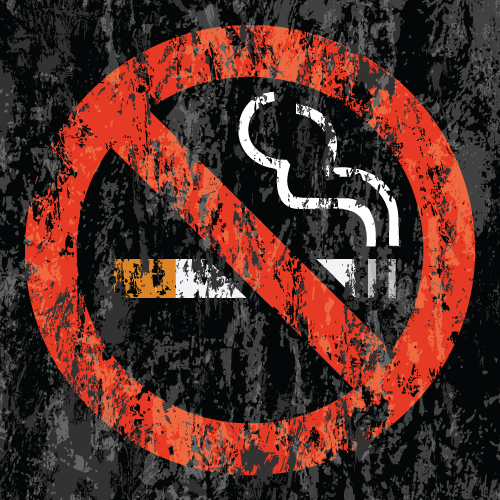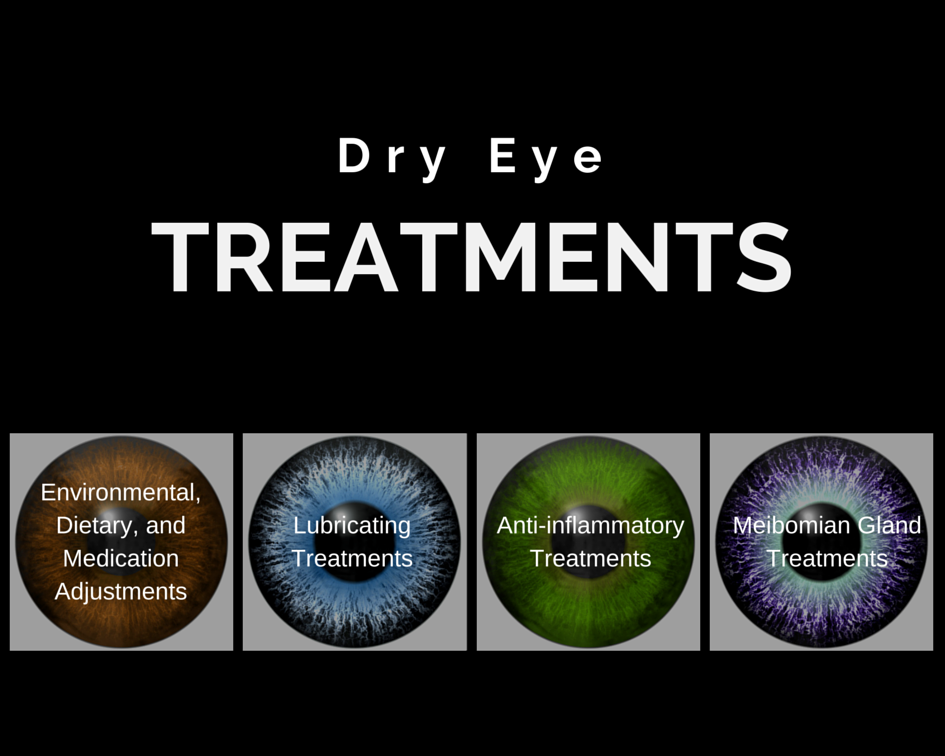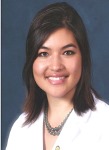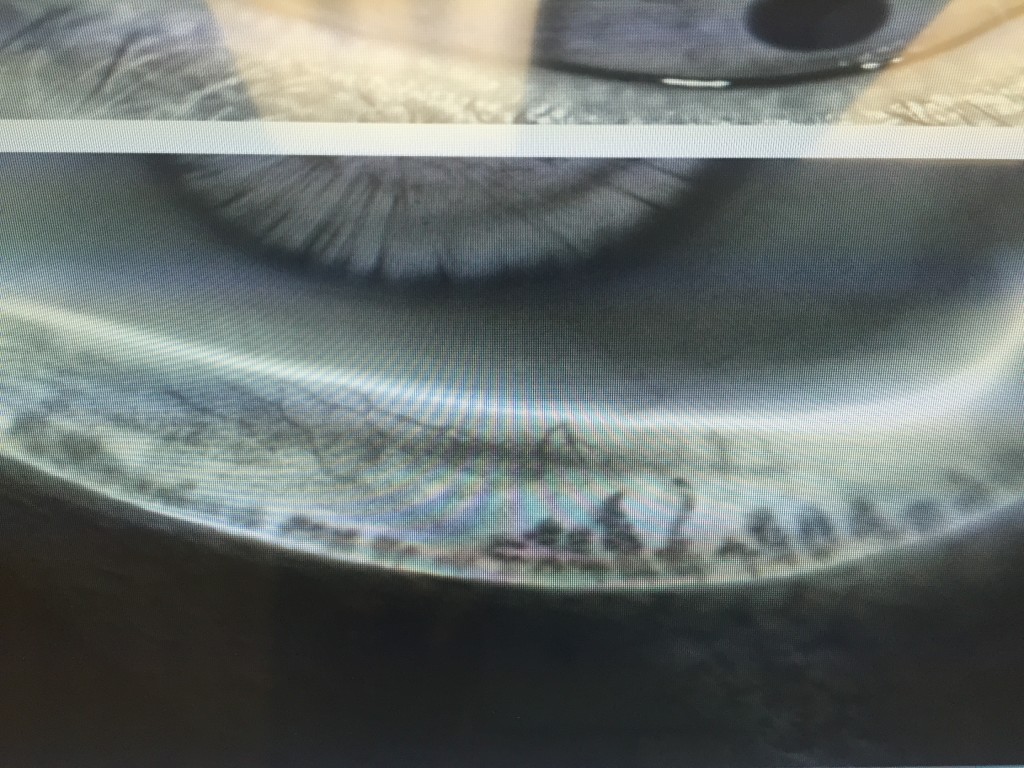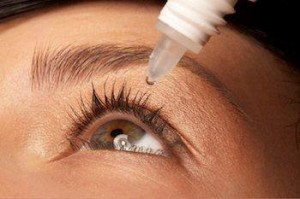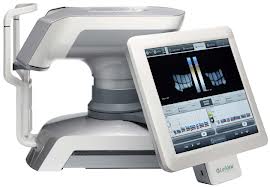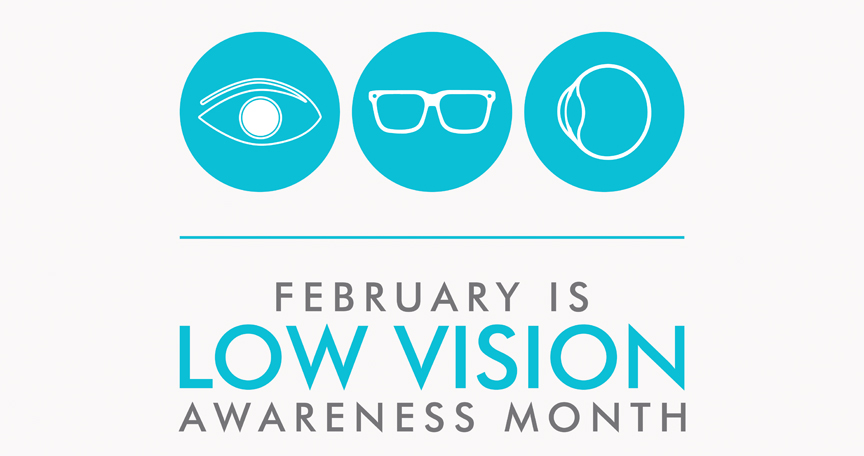
Low vision affects millions of Americans — including many older adults. People with low vision aren’t blind, but because of their vision loss, they may not be able to do everyday tasks like driving or reading even with glasses.
What is Low Vision?
When your eyesight is impaired to the degree that you struggle with daily tasks like reading or cooking – or that you have difficulty recognizing faces, you may have a medical condition referred to as low vision. Someone with low vision can’t simply put on a pair of glasses or contacts and see well; this condition is beyond the typical loss of vision that occurs with aging.
Individuals experiencing low vision can struggle with maintaining independence; hobbies, reading and even socializing may become challenging as vision loss progresses. Because of the impact low vision can have on your life, it is important to have your eyes checked by a low vision specialist if you have any concerns.
Since it is unusual to be able to restore vision once it is lost, screenings can help preserve the vision you have and help you access adaptive lenses and devices if you need them. While there is not a cure for low vision, your specialist can help you adapt and if needed, create a vision rehabilitation program designed to meet your specific needs.
Low vision is often caused by one of these conditions:
- Age-related macular degeneration (AMD) –AMD is a progressive eye condition affecting as many as 15 million Americans. The disease attacks the macula of the eye, where our sharpest central vision occurs, affecting reading, driving, identifying faces, watching television, safely navigating stairs and performing other daily tasks. Although it rarely results in complete blindness, it robs the individual of all but the outermost, peripheral vision, leaving only dim images or black holes at the center of vision. Read More (link to DEF website)
- Diabetes– Diabetic retinopathy is the most common diabetic eye disease and a leading cause of blindness in American adults caused by changes in the blood vessels of the retina.
In some people with diabetic retinopathy, blood vessels may swell and leak fluid or blood inside the eye. In other people, abnormal new blood vessels grow on the surface of the retina. The retina is the light-sensitive tissue at the back of the eye. A healthy retina is necessary for good vision. Read More (link to DEF website)
- Glaucoma– glaucoma is a disease that causes damage to the major nerve of the eye called the optic nerve, a part of the central nervous system that carries visual information from the eye to the brain.
The eye experiences a gradual increase of intraocular pressure (IOP) due to an imbalance of the fluid produced in the eye and the amount of fluid drained. Over time, elevated IOP can cause vision loss. The most common form of glaucoma is primary open angle glaucoma which affects about 3 million Americans. However, there are other types including narrow angle, congenital, normal tension, and secondary glaucoma. (link to DEF website)
- Injury to the eye can also be a cause
Regular eye exams are essential for all adults; it is recommended that adults over the age of 60 have eye exams each year. For older adults, diabetics and anyone with the risk factors above, a visit with a low vision specialist may be warranted as well. This specialist differs from a conventional optometrist and is trained to detect low vision and offer solutions to help you retain or regain independence and the ability to do things you enjoy again.
While Low Vision Awareness Month is the ideal time to learn about this condition and about the risk factors you could be facing, you should get in touch with a low vision specialist any time you have concern about your eyesight. Any time you notice a change in vision, if you receive a new diagnosis or have one or more of the risk factors detailed above you should schedule an appointment right away.
Low Vision Resources from the National Eye Institute
- Learn about organizations that offer low vision information
- Find statistics and data on low vision in the United States
- Check out our media library of photos and illustrations about low vision
- Get flyers, booklets, and other resources to print or download
It can be hard to describe low vision. Visit our website Vision Simulation to see what life is like with common causes of low vision, like age-related macular degeneration, diabetic retinopathy, and glaucoma.



 UV Protection – Sunglasses for children should block 100% of UV radiation as well as between 75 – 90% of visible light. Any sunglasses you buy should have this information provided in the packaging
UV Protection – Sunglasses for children should block 100% of UV radiation as well as between 75 – 90% of visible light. Any sunglasses you buy should have this information provided in the packaging 
